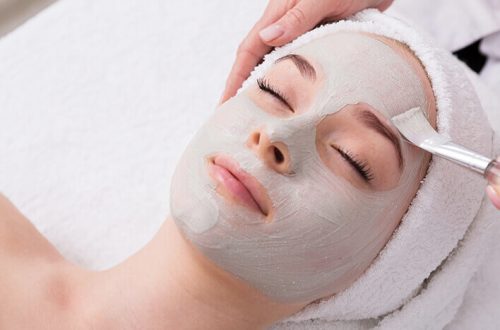
What to know about Benzoyl Peroxide and Salicylic Acid
When it comes to choosing the best acne-fighting ingredients, there are two that stand out from the rest: benzoyl peroxide and salicylic acid.
The two proven skincare ingredients help fight acne-causing bacteria. What’s more, you’ll likely find them in many of the same types of products, especially cleansers, breakout treatments, and scrubs.
However, that does not mean that the two are the same. Here we tell you the difference between benzoyl peroxide and salicylic acid.
What is salicylic acid?
Salicylic acid has been used for about 2,000 years— even longer than benzoyl peroxide—to treat breakouts on the face. It is a beta hydroxy acid that works by penetrating deep into the skin and dissolving whatever is clogging your pores before it can cause breakouts, be it excess oil and dead cells or irritating substances from the environment, such as impurities and particles generated by air pollution.
The result? Milder and less frequent breakouts, thanks to the elimination of acne-causing bacteria, as well as the ingredient’s naturally exfoliating properties. It’s also anti-inflammatory, so it’s less likely to contribute to skin redness. The percentage of salicylic acid in over-the-counter products is limited to 2% for those that need to be left on the face and 3% for those that need to be rinsed off, such as cleansers or shampoos.
What is benzoyl peroxide?
Benzoyl peroxide, on the other hand, is an organic acid from the peroxide family that has been used to treat acne for over 60 years. Its antimicrobial properties decrease the presence of the acne-causing bacteria, known as “P. acnes”, both on and within the skin while relieving inflammation. However, this ingredient is more likely to cause skin irritation than salicylic acid, which is why it is available in over-the-counter products in different concentrations, ranging from 2.5% to 10%. The higher the concentration in the formula, the more likely it is to cause redness or flaking of the skin.
How are salicylic acid and benzoyl peroxide different?
The main difference between benzoyl peroxide and salicylic acid lies in their mode of action: salicylic acid removes whatever is hiding in your pores, while benzoyl peroxide kills acne-causing bacteria directly. Both acne-fighting ingredients may well be effective on your skin, but it makes sense to consider your skin type before trying a new product.
How to use salicylic acid and benzoyl peroxide in your skincare routine
In general, dermatologists do not recommend using these ingredients together. Combining them is a quick way to dry out your skin and cause irritation. Instead of mixing them up and hoping everything will work out, try to choose one that suits your specific skin needs.
If you have blackheads and whiteheads, salicylic acid alone should be enough to clear your pores. If your acne tends to be inflammatory, with papules and pustules, choose benzoyl peroxide to stop breakouts at their source.
If you have sensitive skin, start with salicylic acid, as it’s less likely to irritate. If you’re already using an oral or topical acne treatment, benzoyl peroxide may be a more effective option, but start with a lower concentration and gradually increase to see how much your skin can tolerate. This precaution is doubly important if you use products with benzoyl peroxide, the type that is left on the skin.
If you have dry skin, you can still use one or both of the products. However, it can be helpful if these ingredients are present in a cleanser, so they don’t stay on your skin too long and dry it out. Also, don’t forget to apply a moisturiser along with your acne products so your skin preserves its barrier function and minimises the risk of irritation.





